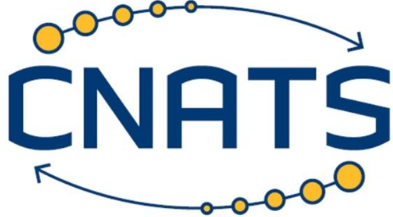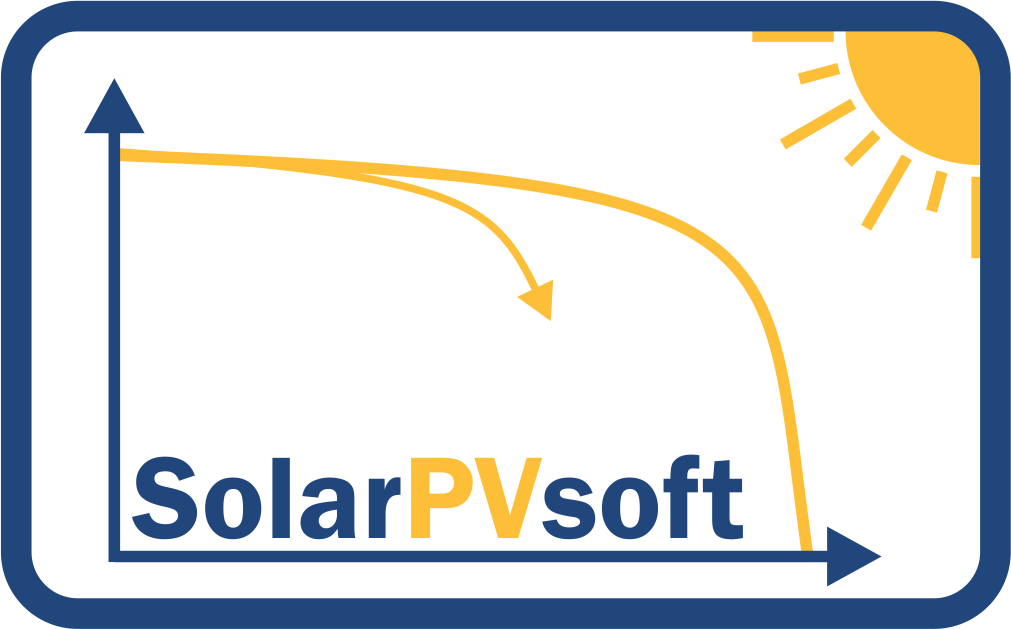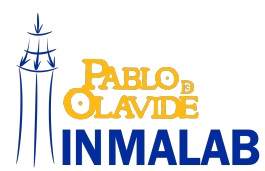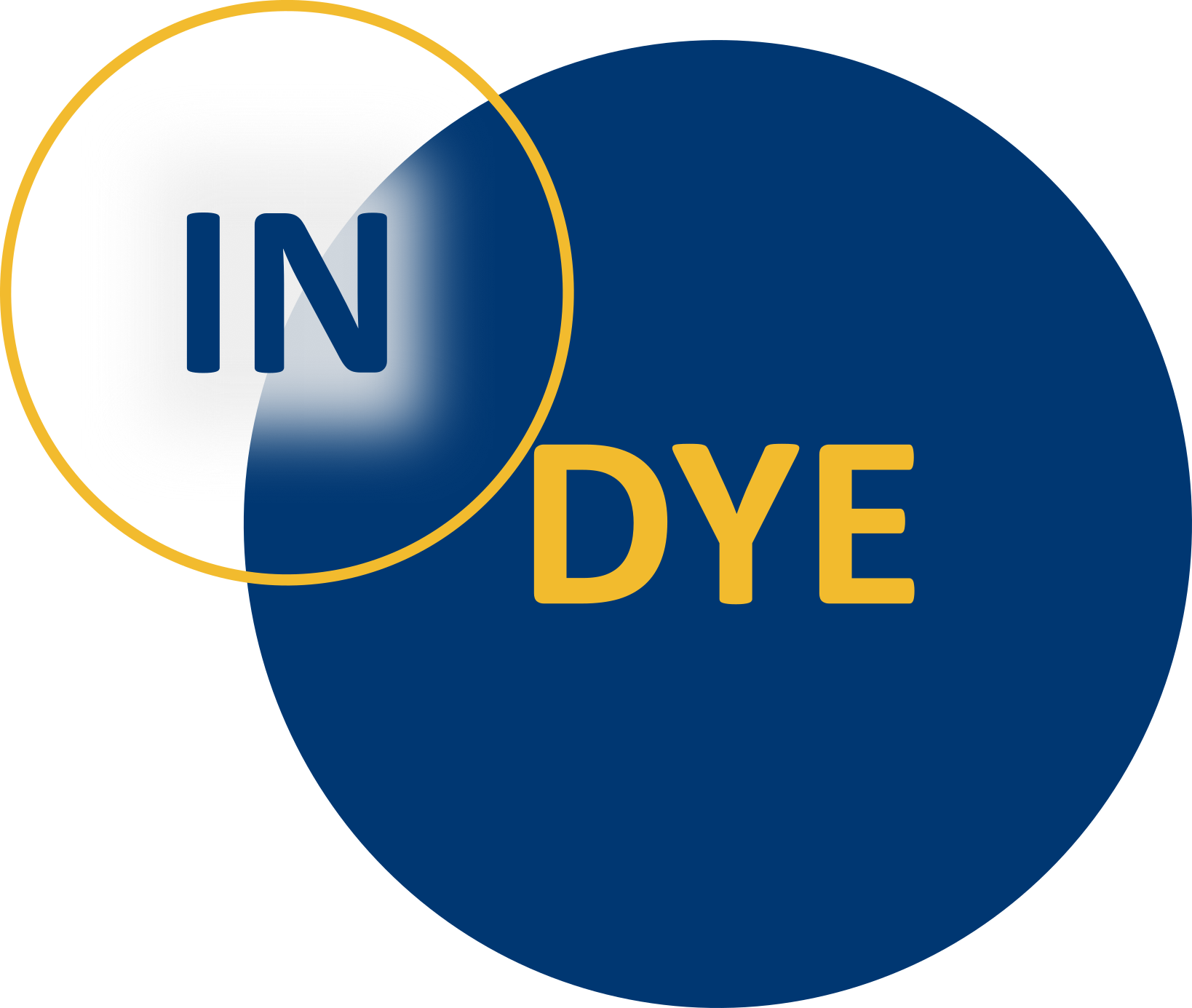Research Lines
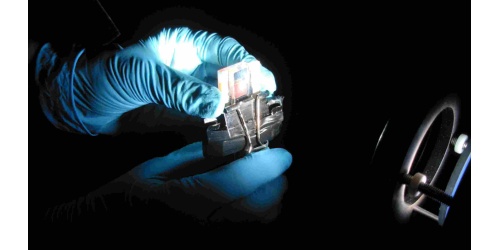
LÍNEAS DE INVESTIGACIÓN GRUPO PAIDI FQM 205
* Caracterización, modelado y simulación numérica de células solares (línea NS1)
* Fabricación y caracterización de células solares en tecnologías emergentes (línea NS2)
* Fotoelectroquímica de materiales para conversión de energía solar (línea NS3)
Research topics:
1. Characterization and modelling of Perovskite Solar Cells
Research in solar cells has been intensely developed in recent years. The discovery of efficient organic-inorganic hybrid materials solar cells with structure perovskite M [org] X3, where M Pb or Sn, "org" being an organic group such as methylammonium, and X a halogen, has revived the interest in third-generation cells, and it promises to achieve high efficiencies with low temperature preparation routes. These solar cells have quickly reached conversion efficiencies beyond 22% , with the promise of being a low cost technology of large-scale and high-efficiency manufacturing. The properties and mechanisms of these materials appear to be different than in related devices and are still not completely understood. We study the development of perovskite cells using innovative materials and devices, and the understanding of fundamental physical processes that control the photovoltaic operation. We carry out a systematic investigation of materials and contact morphologies using nanostructures, including n-type contacts based on metal oxides (TiO2, ZnO, SnO2) and organic coatings (Fullerenes, Graphene, CPBM...), and p-type contacts, on organic and inorganic materials (spiro-OMeTAD, conductive polymers, etc.). We perform systematic characterization of the structural, optical and electrical properties of materials and devices, and devise models and experiments to determine the physical mechanisms of photovoltaic operation.
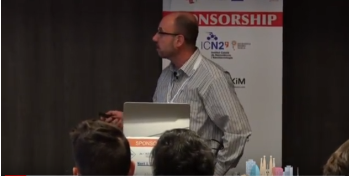
2. Charge Transport in Nanostructured Materials and Device Modelling
Current research on new architectures for low-cost photovoltaic devices based on disordered materials and the boom in nanotechnology provides new exciting fields in which to apply computer simulation methods. An useful route to study the electron transport in these photovoltaic systems is to use random walk numerical simulation (RWNS). The main reason consist on the fact that the existence of randomly localized states with a broad dispersion in energies is crucial for the understanding of the transport and recombination in these devices and RWNS allows, without a huge computational demands, for a flexible description of this situation.
3. Dye Sensitised Solar Cells
Dye-sensitised Solar Cells (DSSCs), also called Grätzel Cells, are a very promising choice for the future of the solar energy conversion. With efficiencies of more than a 11% at 1 sun and very versatile features they appear as a practical alternative to conventional silicon-based solar cells.
Before the invention of DSC Michael Grätzel and Brian O'Regan [B. O' Regan, M. Grätzel, Nature 353, 737 (1991)], in all the solar cells which have been produced a significant efficiency a electrical field was necessary in order to separate the electron from the holes photogenerated, like in union p-n. In contrast to convencional p-n junction based on silicon, in DSC the electrons are generated e injected in a separate phase from the holes, therefore the two conductors are already separated after generation, witouth the need of a electrical field.
4. Photoinduced Processes in Nanostructured Semiconductor Thin Films
Our research focuses on the synthesis of nanostructured metal oxide thin films and their spectroscopic and electrochemical characterization. ATR-FTIR spectroscopy is applied to gain information on the adsorption process of model organic molecules and dye molecules on the nanostructured oxide films. These measurements aim at a microscopic view of the semiconductor/electrolyte interface both in the dark and under illumination. The photocatalytic properties of thin film electrodes concerning the photooxidation of H2O and of model organic molecules are studied by using the respective electrodes as anodes in a photoelectrochemical cell (PEC). Furthermore, we aim at the development of new experimental approaches allowing for an in situ investigation of photoelectrochemical processes by the combination of vibrational spectroscopy and electrochemical techniques.
Blackboard Collaborate Guest link:










